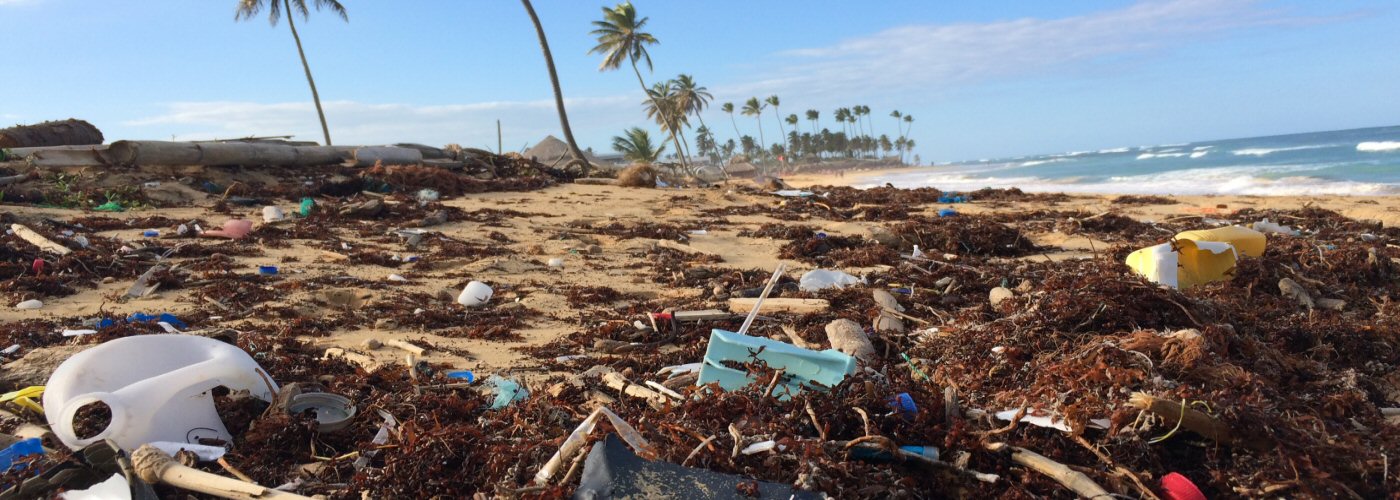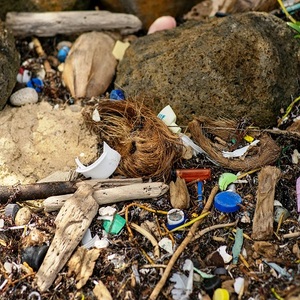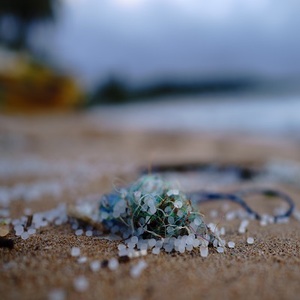

When you hear the words, “remote, uninhabited island,” you probably picture a pristine beach with the perfect habitat for wildlife and no sign of human influence. Increasingly across the world, the oceans and its beaches have become the unwitting dumping grounds for plastic refuse of all shapes and sizes. Even in some of the most remote places on Earth, like the bottom of deep ocean trenches, or islands far away from any mainland areas, the sign of humankind is prevalent. A recent study on just such an uninhabited island, North Keeling Island, located 1300 mi northwest of western Australia, found over 63 million pieces of human debris. For the entire Cocos (Keeling) Island group, that number was estimated at almost 414 million debris items.
The Cocos (Keeling) Island group, only a portion of which is sparsely populated, was chosen for this study of ocean pollution because there are very few sources of local pollution, no cleanup efforts on many of the uninhabited beaches, and exposure to the prevailing ocean currents. Thus, this study area provides a representative sample of man-made marine debris trends. The research team in this latest study recorded instances of debris down to a depth of 10 cm and from the water’s edge to the start of the beach vegetation. They recorded debris down to micro size (1-5 mm in diameter).
This latest study is only the latest in a mounting line of evidence of the prevalence of human-made refuse and debris, plastic or otherwise, floating around in the global oceans. In fact, a recent global estimate put the number of plastic items floating in the oceans at 5.25 trillion. This is more than the number of stars in the Milky Way galaxy! Reducing the reliance on single-use plastic and waste management procedures that prevent entry of plastic items into the ocean are key steps that will have to be followed to prevent this worldwide plastic pollution problem from continuing to worsen.

